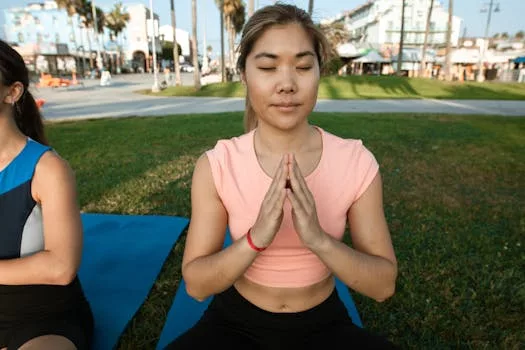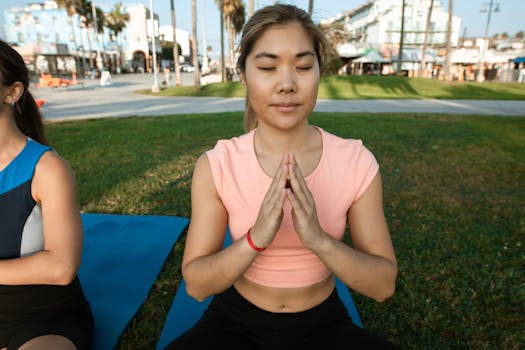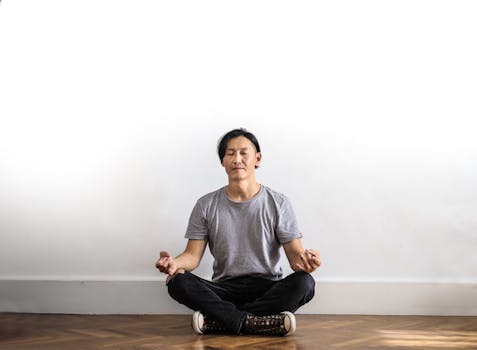
Unlocking Peace: Effective Mindfulness Meditation Techniques for Daily Life
Takeaways

Understanding Mindfulness Meditation
Mindfulness meditation is a practice rooted in ancient Buddhist traditions, designed to enhance one’s awareness of the present moment. Unlike other forms of meditation, which may focus on achieving a particular state of mind or enlightenment, mindfulness meditation emphasizes being fully present and engaged in the current moment without judgment. This practice can lead to profound changes in how you experience daily life and manage stress.
At its core, mindfulness involves observing your thoughts, feelings, and sensations without trying to change them. This non-reactive awareness can help you break free from habitual patterns of thinking that often lead to anxiety and stress. Research has shown that regular mindfulness meditation can lead to improved emotional regulation, increased focus, and an overall sense of calm.
Techniques for Practicing Mindfulness Meditation

1. Breath Awareness
One of the simplest forms of mindfulness meditation is breath awareness. This technique involves focusing your attention on your breath as it flows in and out. To practice this technique:
- Find a comfortable seated position, either on a chair or on the floor.
- Close your eyes or lower your gaze to minimize distractions.
- Take a few deep breaths to settle into your space.
- Bring your attention to your natural breath, noticing the sensation of the air entering and leaving your body.
- When your mind wanders, gently guide your focus back to your breath without judgment.
This practice can be done for as little as five minutes, gradually increasing the time as you become more comfortable.
2. Body Scan
The body scan is a technique that promotes relaxation and awareness of physical sensations. To perform a body scan:
- Lie down in a comfortable position, allowing your body to relax.
- Close your eyes and take a few deep breaths.
- Begin by focusing on your toes, noticing any sensations or tension.
- Slowly move your attention up through your body, pausing at each part (feet, legs, abdomen, chest, arms, neck, and head) to observe how it feels.
- If you notice any tension, consciously relax that area before moving on.
This technique not only enhances mindfulness but also helps release physical tension.
3. Mindful Walking
Mindful walking is a great way to practice mindfulness while being active. This technique can be especially helpful for those who find it challenging to sit still. To practice mindful walking:
- Choose a quiet place to walk, ideally in nature or a calm environment.
- Start walking slowly and pay attention to each step.
- Notice how your feet feel as they touch the ground, the movement of your legs, and the rhythm of your breath.
- Be aware of your surroundings, including sounds, sights, and smells, without becoming distracted.
This practice allows you to integrate mindfulness into your daily activities, making it easier to stay present.
Incorporating Mindfulness into Daily Life

- Mindful Eating: Take time to savor each bite of your meals. Pay attention to the flavors, textures, and scents, which can transform your relationship with food.
- Mindful Listening: Practice active listening during conversations. Focus fully on the speaker without planning your response while they talk.
- Daily Reminders: Set reminders on your phone or sticky notes around your home to prompt you to take a few mindful breaths or check in with your thoughts throughout the day.
By incorporating these techniques into your daily routine, you can create a more mindful lifestyle that reduces stress and enhances your overall well-being.






